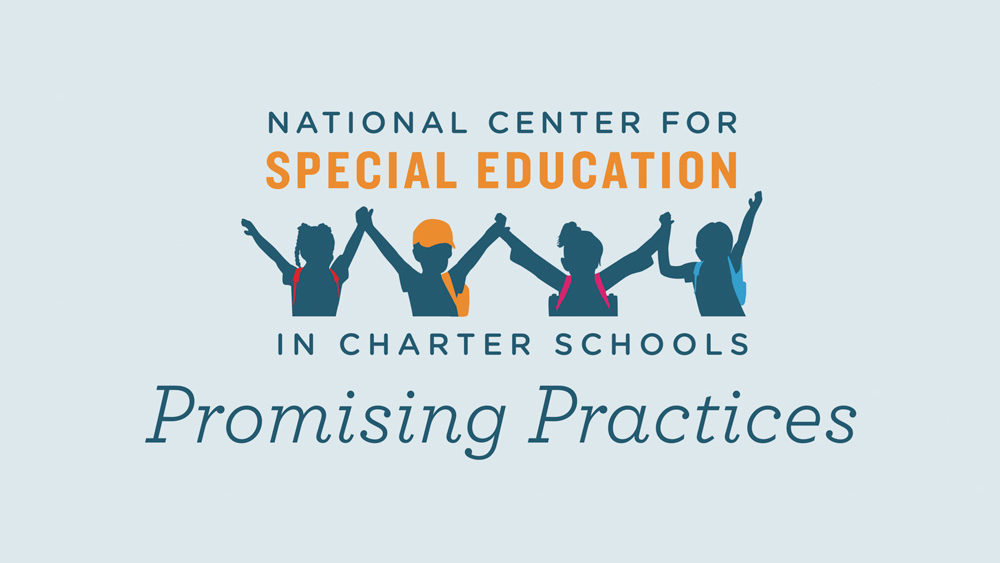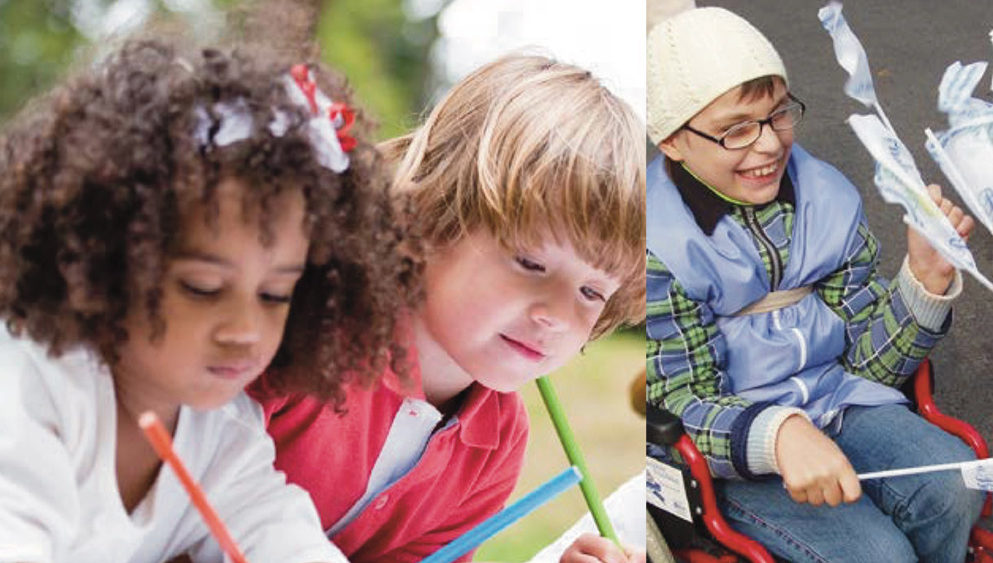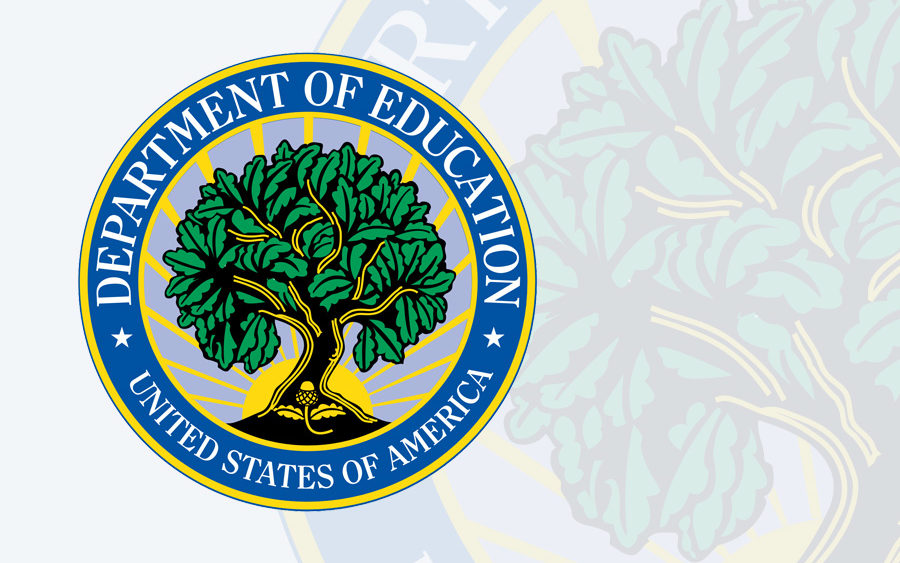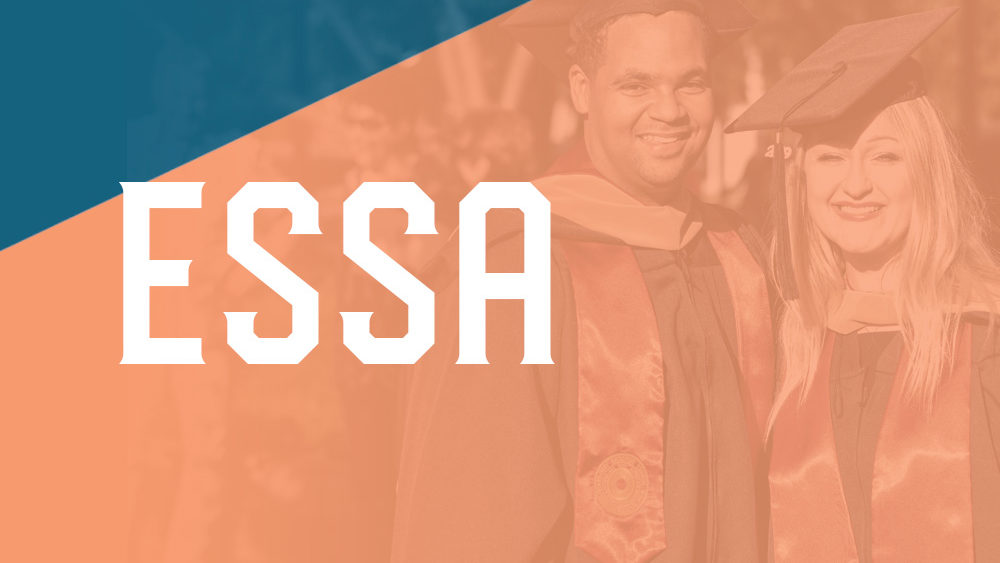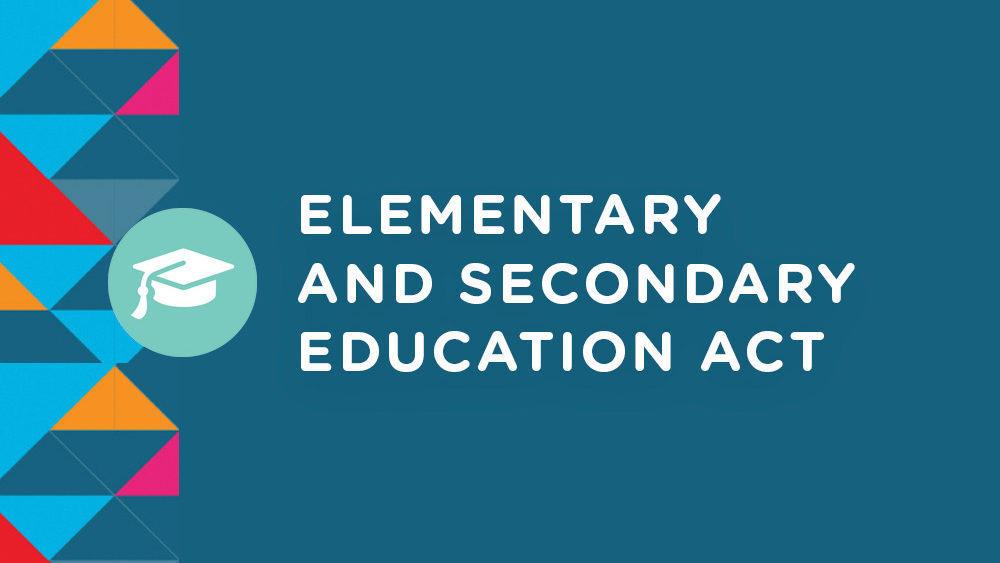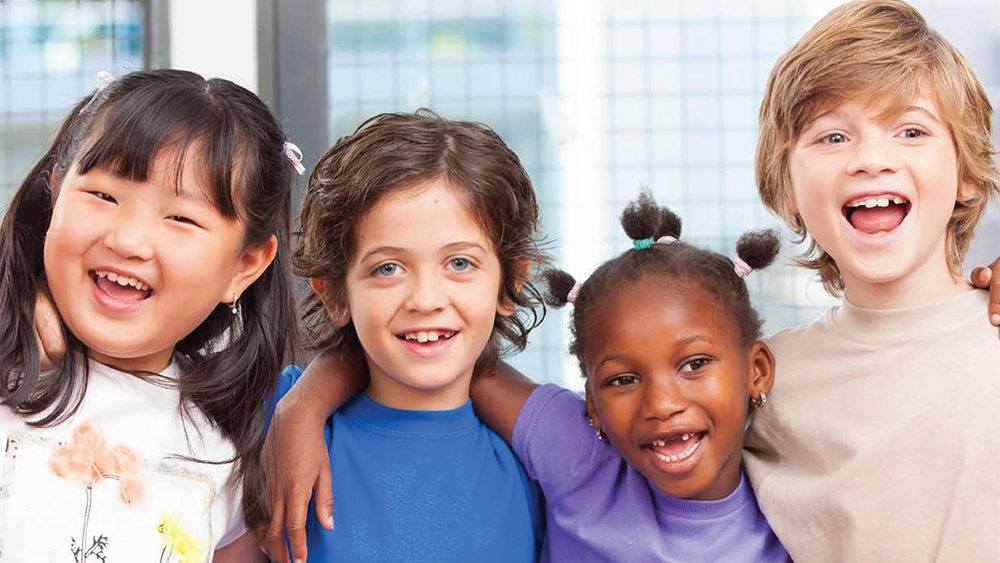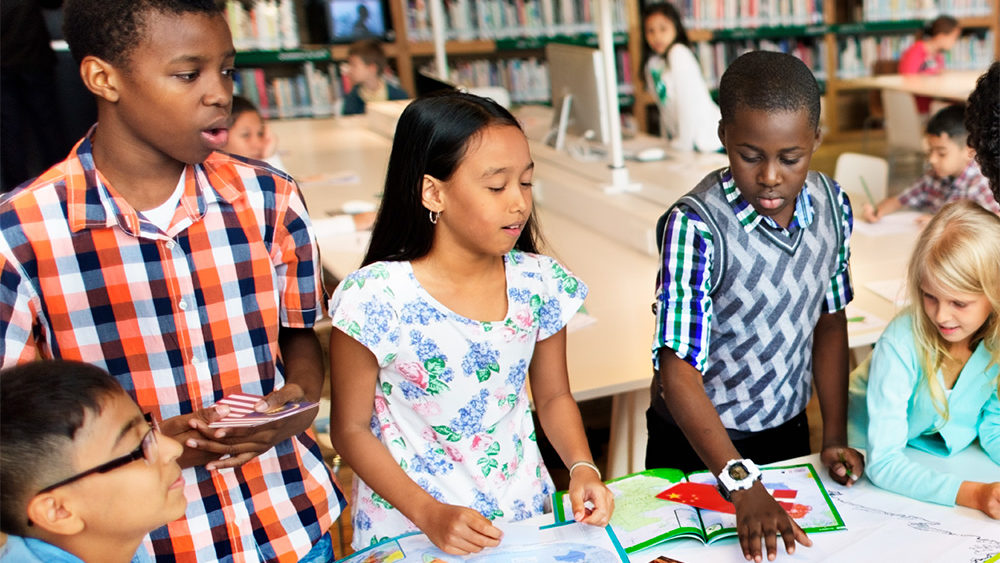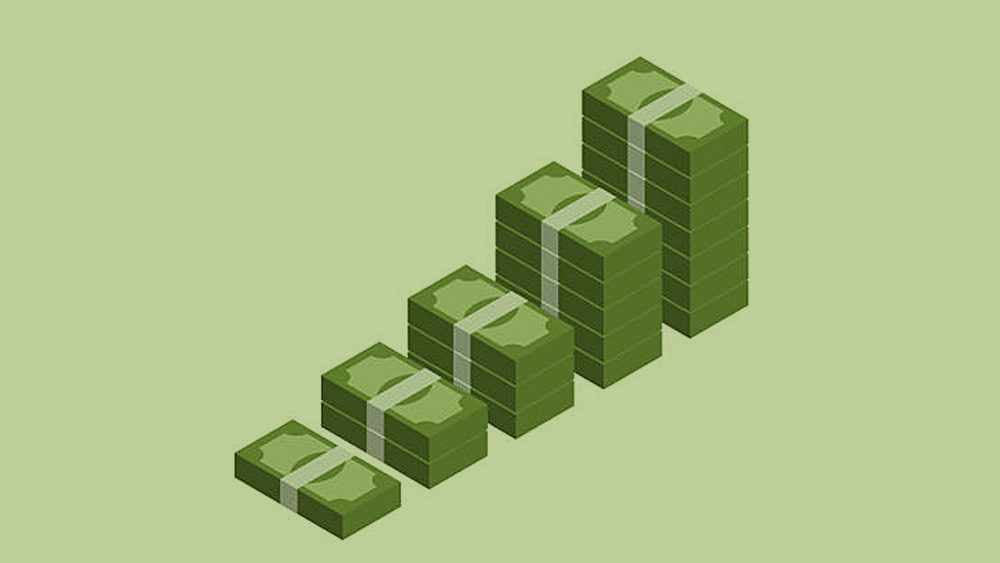This report outlines a problem in charter schools surrounding the lack of a full continuum of services for students with disabilities and the steps and tests CHIME Institute took to eliminate this problem and ensure quality education for all students.
In response to UCLA’s Center for Civil Rights Remedies’ report “Charter Schools, Civil Rights and School Discipline,” Lauren Morando Rhim, executive director of The Center for Learner Equity issued the following statement.
In January, John King succeeded Arne Duncan as the leader of the U.S. Department of Education, but he has yet to be given Duncan’s full title. To date, Mr. King has been functioning as Acting Secretary.
The Center for Learner Equity (The Center for Learner Equity) is dedicated to ensuring that students with disabilities have equal access to charter schools and that public charter schools are designed and operated to enable all students to succeed.
This statement outlines the Center’s recommendations on the Department of Educations ESSA Title I Regulations.
This report outlines a problem in charter schools surrounding communication between the schools and the various organizations that oversee them and the steps and tests the Kent Intermediate School District took to eliminate this problem and ensure quality education for all students.
The Center for Learner Equity was pleased this week that Congress finally put the worn-out and ultimately underachieving No Child Left Behind Act to bed. NCLB was the iteration of the Elementary and Secondary Education Act that has been in place since 2002
The Center for Learner Equity (The Center for Learner Equity) is both pleased and a bit exhausted to announce that in each of the past two weeks it has released a major research paper.
Today, The Center for Learner Equity released their groundbreaking report: Key Trends in Special Education in Charter Schools, A Secondary Analysis of the 2011-2012 U.S. Department of Education Civil Rights Data Collection (CRDC).
The report gives an overview of how special education is funded in charter schools and the surrounding details.
